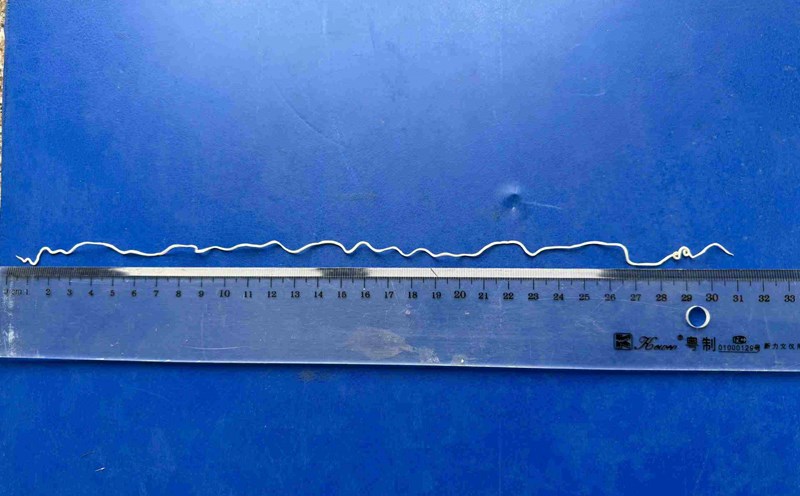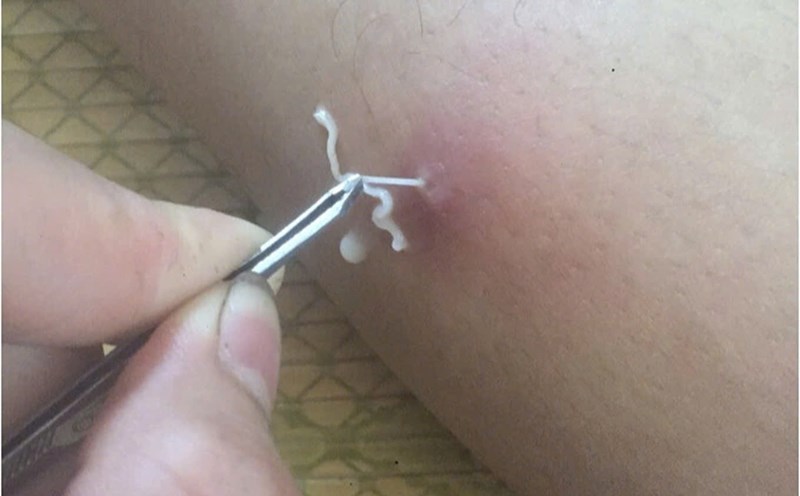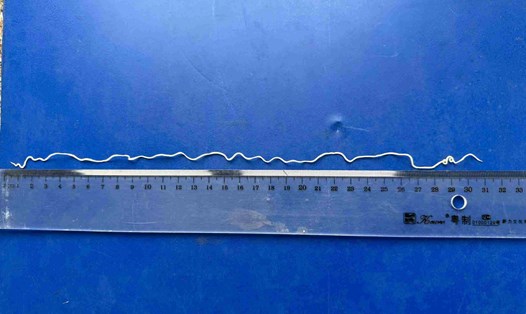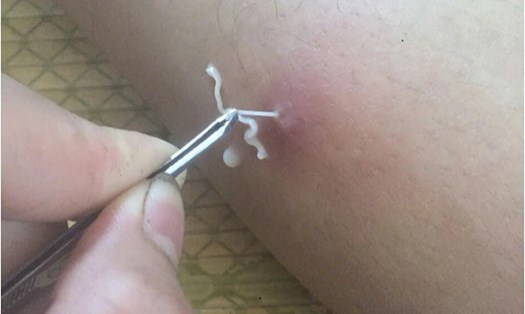On May 10, a representative of the Yen Lap District Medical Center (Phu Tho) said that the patient initially had a pale pink burning spot on the skin of the left hip area. After 5 days, there was a small, wheezing path 5-6 cm long in the left knee area, dry skin, itching at one point, no fluid, no pus or fever.
Test results determined that the patient was infected with dragon worms and was being treated at Phu Tho General Hospital. This is identified as the 26th case of dragon worm disease announced in Vietnam.
Dragon fruit, a rare disease globally, has only appeared sparingly in some African countries. Vietnam has recorded 25 cases in the past 5 years (from 2020 to the end of 2024), while at the previous time, no cases were recorded.
The disease mainly appeared in the northern mountainous provinces such as Yen Bai (11 cases), Phu Tho (9 cases), Thanh Hoa and Lao Cai (2), Hoa Binh (1) Most of the patients are male, with the habit of consuming raw or uncooked food.
The 25th dragon worm case announced nationwide was a patient at Tan Son Medical Center, Phu Tho. The 44-year-old male patient, who went to the clinic for high fever, a large, swollen belly, and a lot of itching, was determined to be infected with dragon worms.
Associate Professor, Dr. Do Trung Dung, Head of the Department of entomology, Central Institute of Malaria - entomology - insects, said that the number of dragon worm cases in Vietnam is quite large, a rare disease in the world. Therefore, there needs to be an epidemiological study in Vietnam to find the cause and have health monitoring and communication activities.
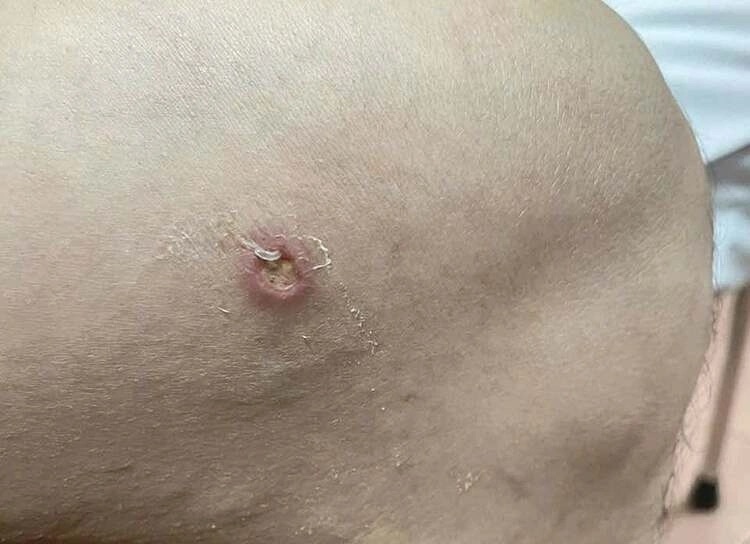
"The whole world currently only records a few dozen cases per year, commonly in African countries. In Vietnam, the disease has only appeared in recent years. This is one of the longest worms in the human body, from 70 to 120 cm" - Associate Professor Dung said.
Dragon worms spread through the gastrointestinal tract, entering the body from drinking water or raw food containing larvae - usually aquatic species such as fish, frogs, clones and shrimp. People with the disease may not manifest in the first year, but when the worms move and grow in subcutaneous tissues, the patient will have a mild, itching, nausea, diarrhea and red swelling at the infected position. When the worms escape, the lesions are often swollen, yellow discharge and revealing white worms.
The main treatment is to remove all the worms, which need to be done slowly to avoid worm rupture. Many people arbitrarily handle things incorrectly such as pulling worms out of the raton, leading to a very strong inflammatory reaction or dangerous complications including sepsis, arthritis, abscesses in the damaged area, or even permanent neuropathy if the worms enter the joint or spine.
There is currently no early testing, specific medicine or vaccine to prevent dragon worm disease. The best preventive measure is to ensure food hygiene, cook, drink boiled water, especially pay attention to cooking aquatic foods thoroughly. In addition, people with the disease should avoid bathing or washing in natural lakes or domestic water sources to preventparasite from spreading into the environment. It is also important to bandage and clean the wound until all the worms are removed to prevent complications.


